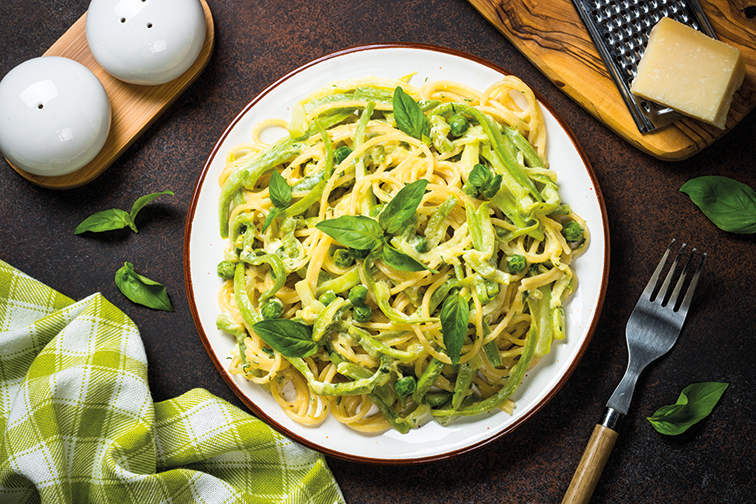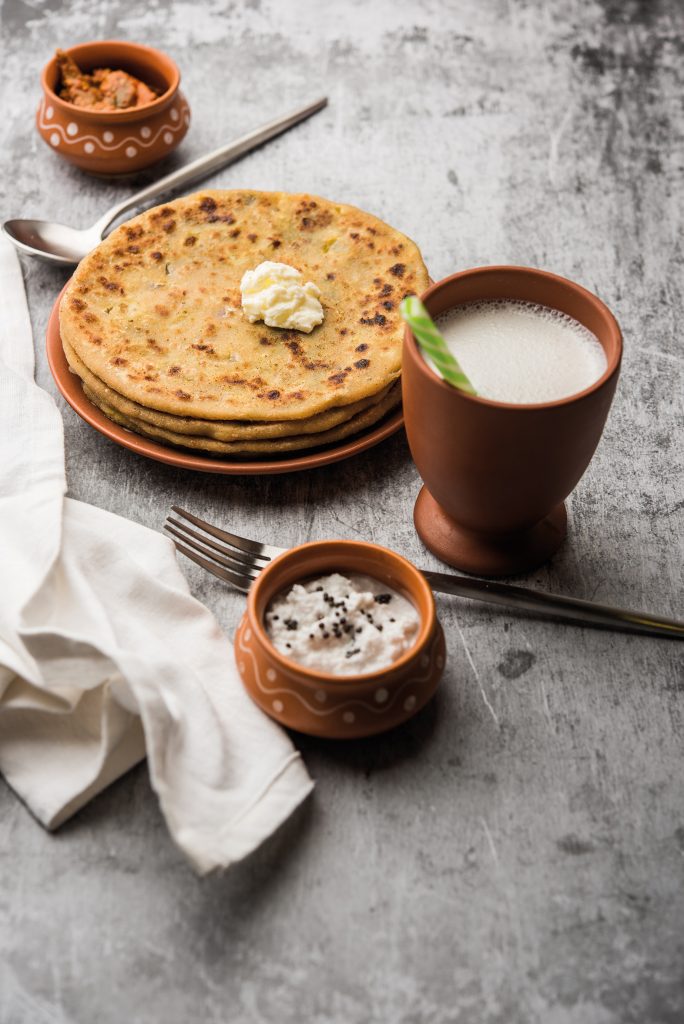Swap ’til you drop (those extra calories)!
By Ashima Sethi
Let’s face it, when it comes to dieting, there are those who have the commitment to do it well and thrive, and others (like me) who quit before they start because they view the word diet as DIE-t.
With SO many options out there, diet rules can get frustrating but if you’re looking for more approachable means to shift towards eating healthier, we’ve curated a way where you can still eat what you want while slashing your calorie intake. Here’s a list of smart food swaps you can easily make today.
- White pasta to whole-wheat pasta, or go grain free with spaghetti squash or zucchini noodles as they’re low calorie but high in fibre and vitamins.
- White bread to rye bread or whole-wheat bread, both are high in fibre, which causes sugar to be released into the bloodstream slower.
- White rice to riceberry, brown rice, cauliflower rice, or quinoa, all of which have a plethora of nutritional benefits in comparison.
- Closed sandwiches and burgers to open-faced toasts, or use grain free alternatives like sweet potato toast, lettuce or veggie wraps, or even Portobello mushroom caps.
- Milk to unsweetened milk or dairy-free options like almond milk that are low in calories but high in vitamin E.
- Butter to olive oil margarine or ghee (in moderation).
- Sodas to seltzer (sparkling water) as it has no sugar in comparison to Coke, Pepsi etc.
- Sugary breakfast cereals to porridge and wholegrain wheat cereals as they have significantly less sugar and are high in fibre.
- Chips to popcorn or unsalted nuts if you’re looking to snack. The former is low in calories, while the latter has good fats but should be eaten in moderation.
- Store-bought dressing to DIY dressing, as you can have better control over what’s in it and choose healthy ingredients like olive oil or low fat Greek yoghurt instead of cream.
- Stewed meats to lentils, which are a great option if you’re looking to eat less meat as they’re high in protein and super versatile.
- Soy sauce to low sodium soy sauce, a great choice if you’re trying to cut down on salt intake.
- Fried or scrambled eggs to poached or boiled eggs as they’re packed with protein but without the additives that often go into other variations like butter and cream.
- Milk chocolate to dark chocolate as it has less sugar and is loaded with antioxidants.
- Canola or sunflower oil to oils that are less processed like extra virgin olive oil.
- Sugar to sweeteners that have less refined sugar and are lower on the glycemic index (maple, coconut sugar, honey, and cinnamon).
- Fruit juice to whole fruit as some juices have a lot of added sugar and are less filling.
- Fatty cuts of red meat to leaner meats (for example turkey or chicken), seafood, tofu, and lentils.
- Creamier Indian sauces like masala, passanda, and korma to tandoori, madras or jalfrezi as the former options are heavier.
- Paranthas, puris, and naans to plain chappatis, besan pura or missi roti as these alternatives are made from lighter ingredients and less butter/oil.
- Mango chutneys to mint and coriander chutney or yoghurt mint sauce as fruity chutneys have a lot more sugar.
- Moo ping to gai yang (no skin) as roasted chicken is less fatty.
- Buying street food every day to cooking at home. Because street food tends to be loaded with salt, sugar and fat, opt for cooking at home so you can control the amount of seasoning.
SOME EXPERT ADVICE
Vanshika Kwatra is a Registered Associate Nutritionist and Certified Personal Trainer (Instagram: @nutrifit_bkk). Here’s what she has to say about how what you eat is as important as how much.
“Your journey to good health is not limited to a 30-day restrictive diet plan which requires a complete overhaul of your eating habits, you also don’t have to force yourself to eat foods that you don’t enjoy. Doing this means you’re not going to stick to a healthy diet long-term and you may begin to resent the idea of healthy eating. The journey to good health requires consistency and life-long commitment, it means changing your eating habits bit by bit at a manageable pace.
“A great place to start is with healthy food swaps! By making healthy swaps, you will choose more nutrient-dense foods thereby improving the quality of your diet. Nutrient-dense foods have a tonne of beneficial nutrients (vitamins, minerals, complex carbs, lean protein, and healthy fats) relative to the energy that the food provides.
“Additionally, a healthy swap may also allow you to manipulate the amount of energy your body gets for weight loss or gain. Most importantly, healthy swaps will allow you to reach your fitness goals without feeling like you need to make drastic changes. Invest in your health daily by making small changes to your diet and these changes will compound into big results over time.”










